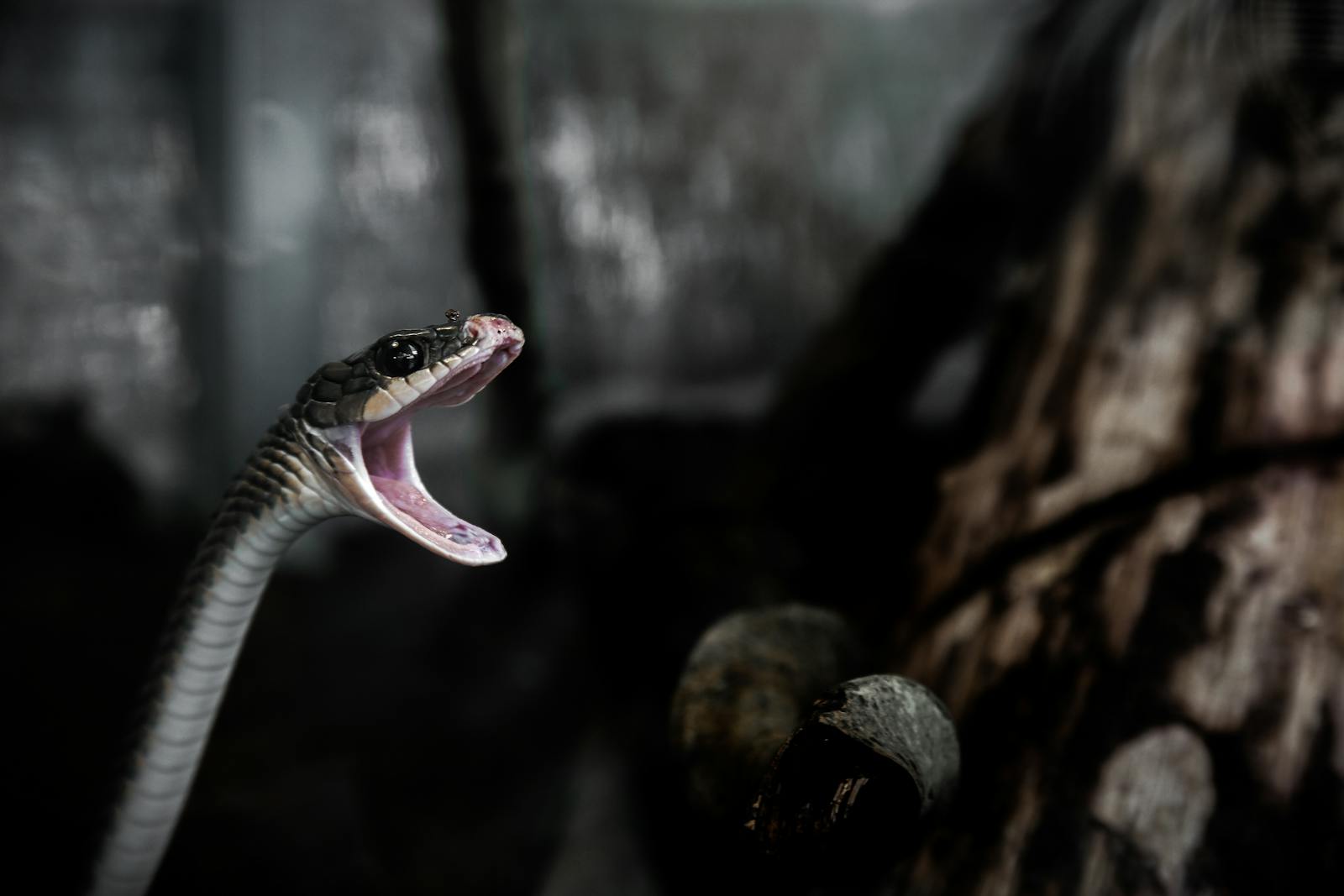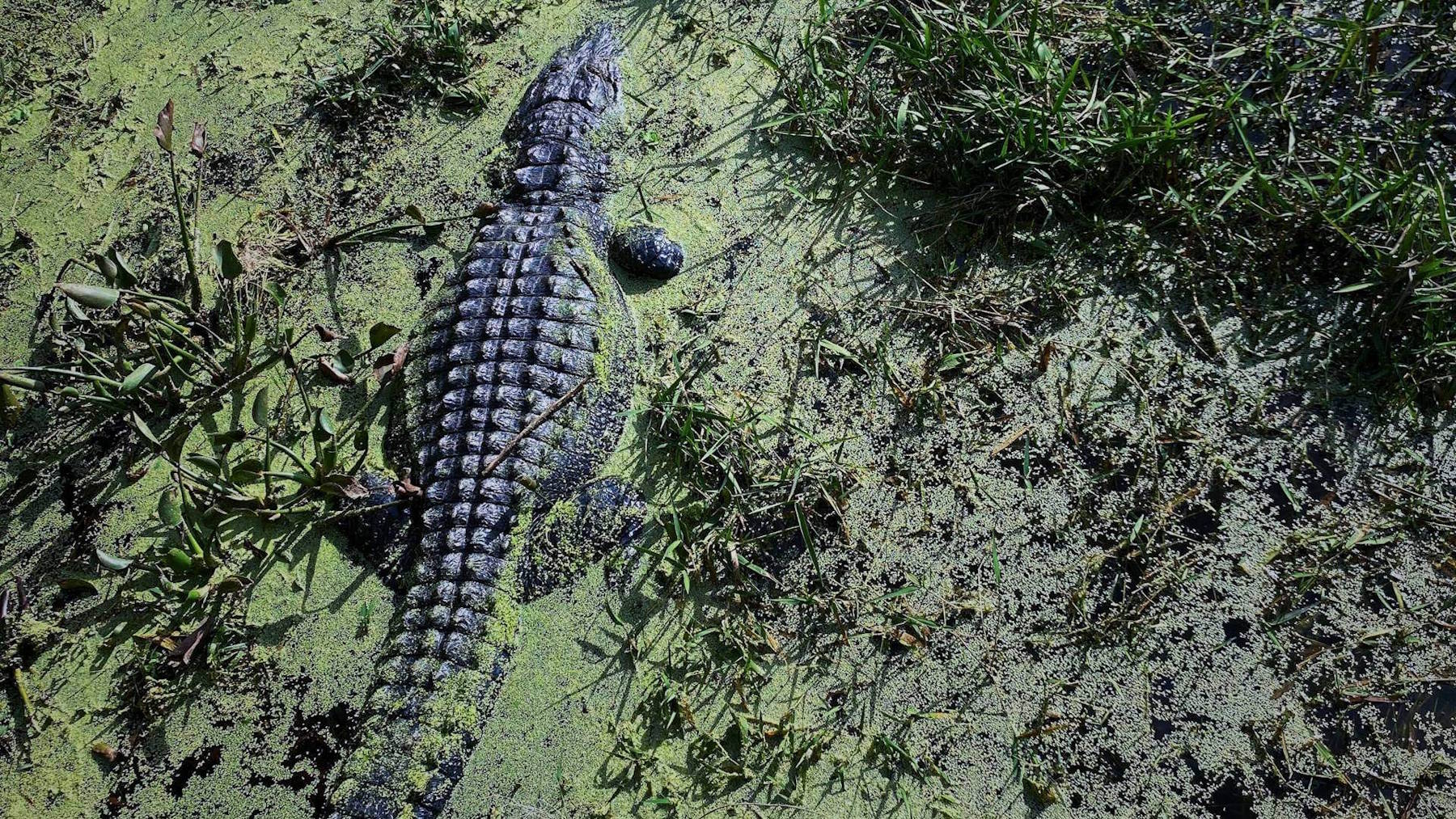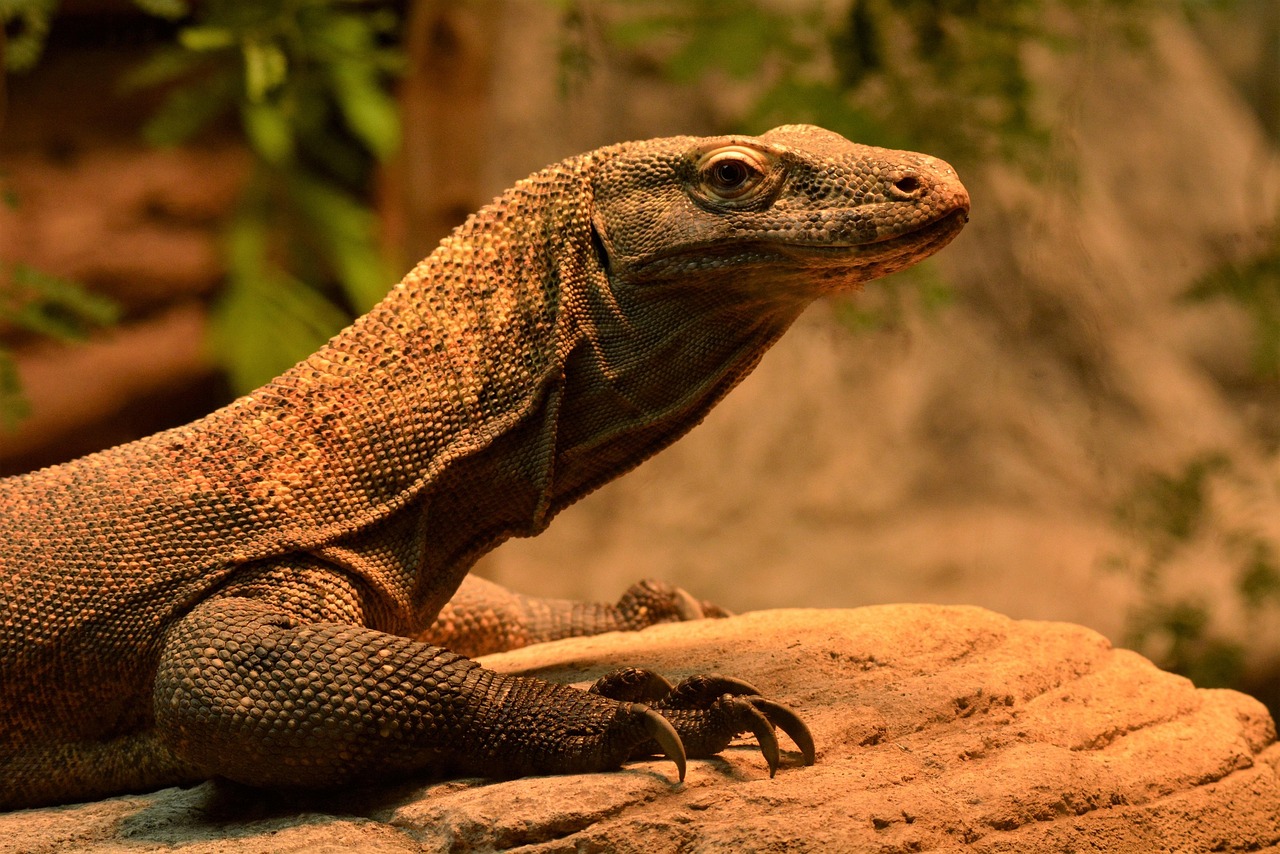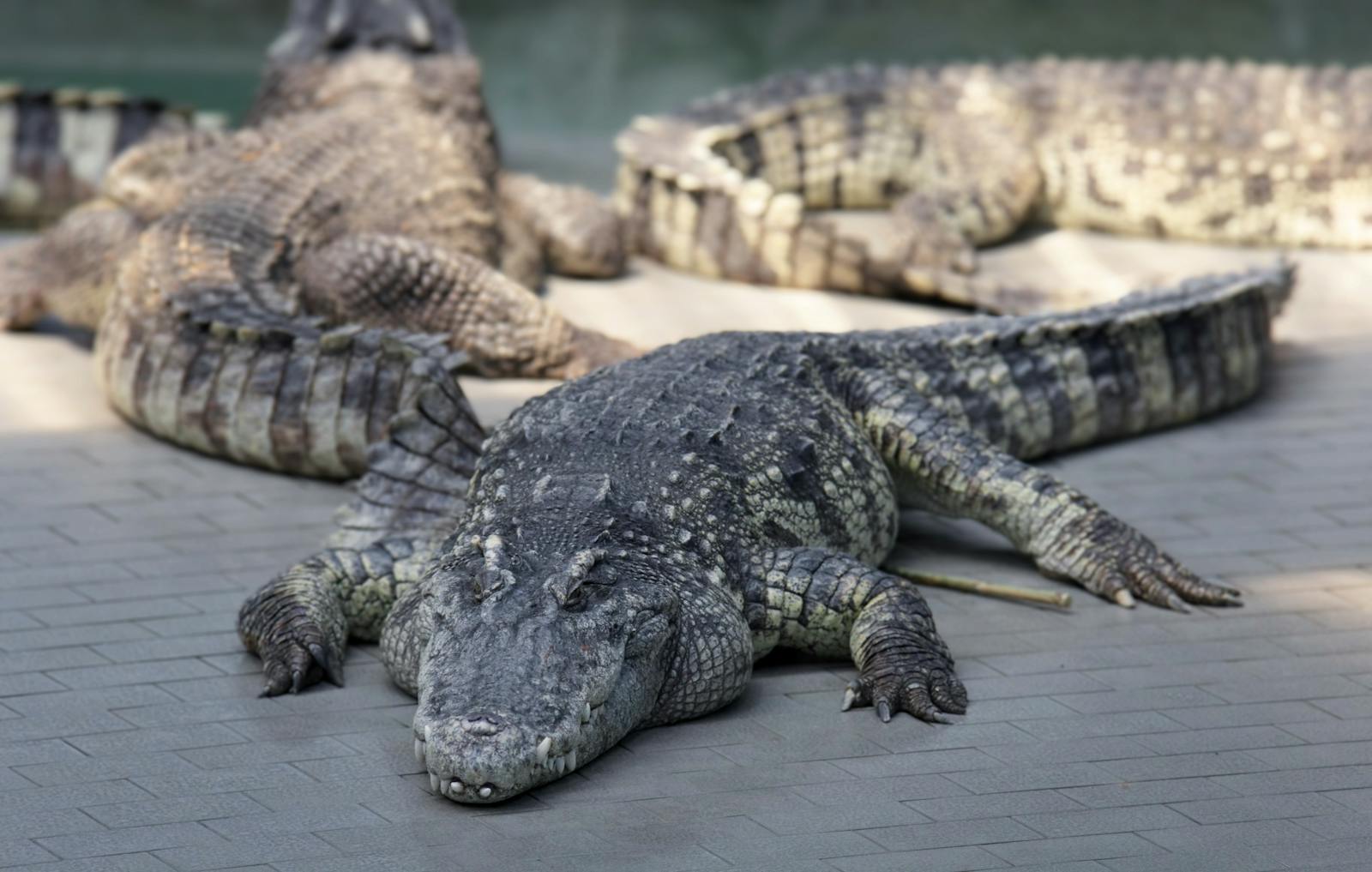When we think of speed in the animal kingdom, our minds might jump to cheetahs sprinting across savannas or peregrine falcons diving at breakneck speeds. However, hidden among the reptilian world exists a creature whose striking speed outpaces anything humans can visually process in real-time. The fastest striking snake in the world moves with such incredible velocity that scientists needed specialized high-speed cameras to truly understand just how quickly they attack. This remarkable predator has evolved a hunting mechanism so rapid that prey animals literally never see what hit them. Let’s explore this lightning-fast serpent and discover why its strike capability represents one of nature’s most impressive evolutionary achievements.
Meet the Speed Champion: The Black Mamba
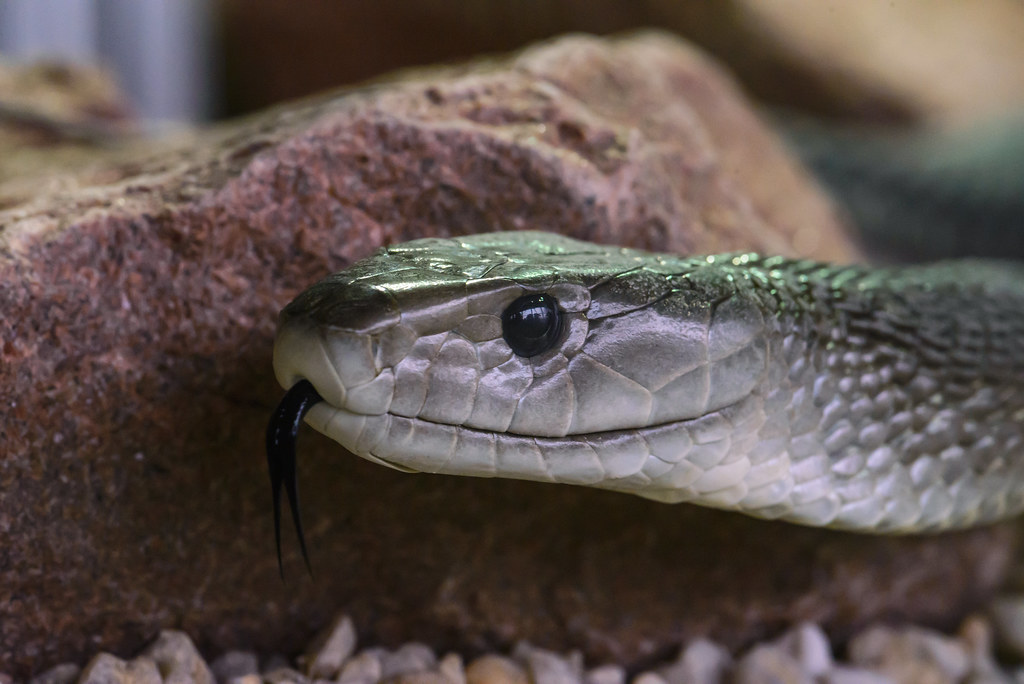
Contrary to what many people believe, the black mamba (Dendroaspis polylepis) isn’t actually the fastest striking snake in the world, despite its reputation for speed. While the black mamba is indeed incredibly fast when slithering (reaching speeds up to 12.5 mph, making it one of the fastest-moving snakes), its strike speed is outmatched by another serpent. The black mamba remains formidable with strikes clocking in at approximately 7 meters per second, making it still one of the fastest strikers in the snake world. This snake’s combination of speed, size (growing up to 14 feet), and highly potent venom makes it one of Africa’s most feared predators, responsible for numerous fatalities each year in regions where it’s found.
The True Champion: The Inland Taipan
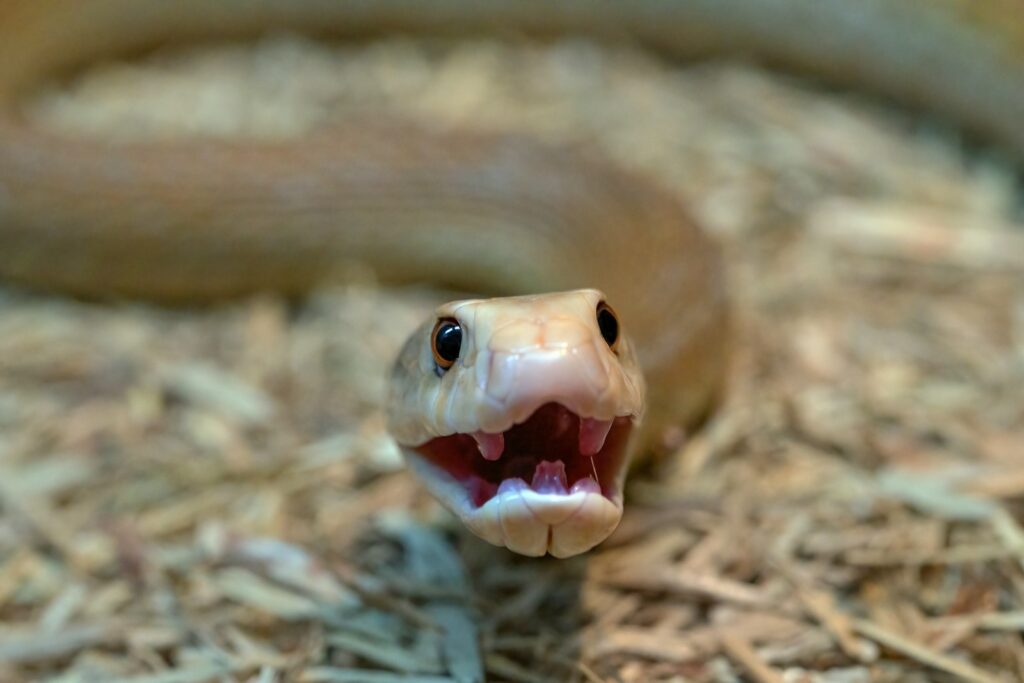
The inland taipan (Oxyuranus microlepidotus), also known as the “fierce snake” or “small-scaled snake,” holds the title for delivering the most toxic venom of any land snake. While extremely venomous, the inland taipan isn’t actually the speed champion of the snake world either. Native to the semi-arid regions of central east Australia, this snake possesses remarkable striking accuracy and speed, reaching approximately 8.5 meters per second. The inland taipan is notoriously shy and rarely encounters humans, which is fortunate considering a single bite contains enough venom to kill approximately 100 adult humans. Its striking speed works in tandem with its venom potency to create an incredibly efficient predator specialized in hunting small mammals.
Revealing the True Velocity King: The Cottonmouth
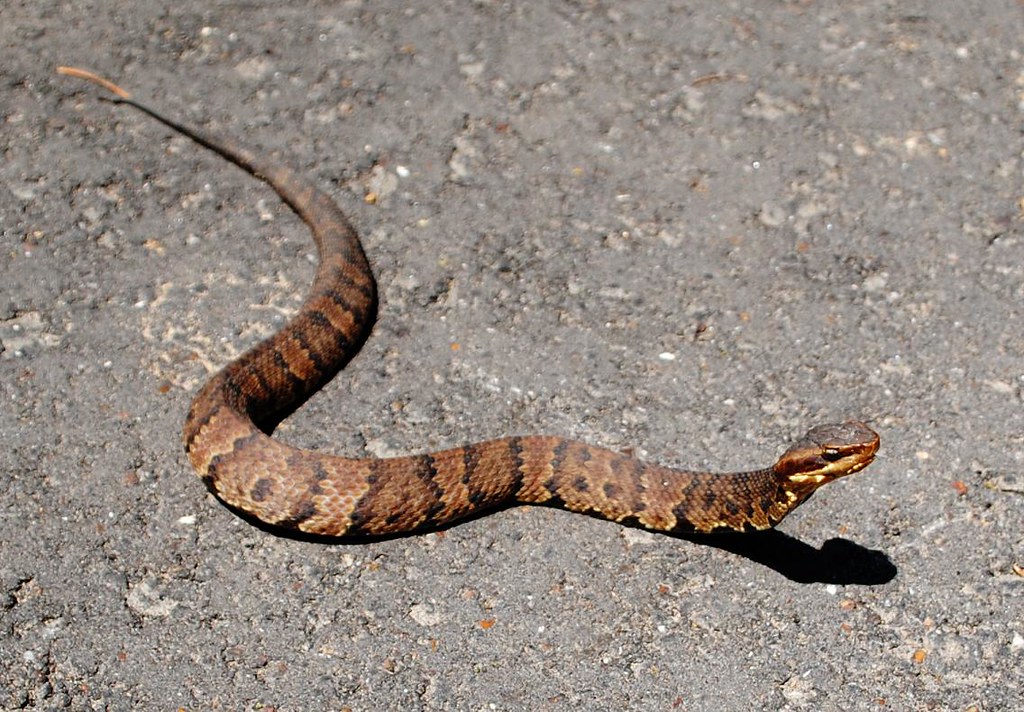
For many years, researchers believed various vipers or perhaps cobras held the title for fastest strike. However, newer high-speed filming studies have revealed an unexpected champion – the cottonmouth (Agkistrodon piscivorus), also known as the water moccasin. When researchers at the University of Louisiana used high-speed cameras capturing thousands of frames per second, they discovered cottonmouths can strike at an astonishing 9.5 meters per second. These semi-aquatic pit vipers, native to the southeastern United States, use their incredible strike speed to catch fast-moving prey like fish, frogs, and small mammals. The cottonmouth’s striking speed is particularly impressive considering it has a relatively heavy body compared to some other fast-striking snake species.
The Scientific Measurement of Snake Strikes

Accurately measuring snake striking speeds presented significant scientific challenges until recent technological advances. Researchers now use specialized high-speed cameras capable of capturing thousands of frames per second to document these lightning-fast movements that are imperceptible to the human eye. In groundbreaking research conducted at the Horton Research Lab, scientists recorded strikes at up to 10,000 frames per second, revealing that the fastest strikes occur in less than 50 milliseconds from start to finish. These measurements account for both acceleration (how quickly the snake initiates its strike) and maximum velocity (the peak speed achieved during the strike). Scientists also measure strike distance, accuracy, and the angular velocity of the head during these studies to fully understand the biomechanics involved.
The Rattlesnake’s Remarkable Strike
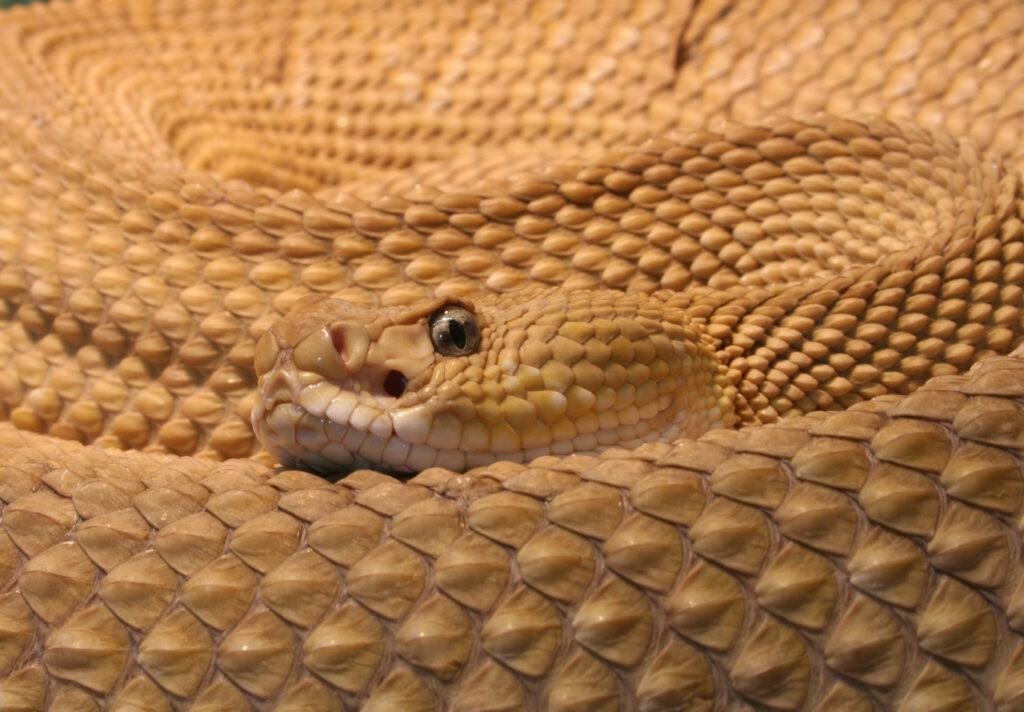
The rattlesnake (genus Crotalus) stands among the elite of fast-striking snakes, with certain species achieving speeds approaching 10 meters per second. These iconic New World vipers can accelerate their heads from a resting position to their target in under 70 milliseconds, which is faster than the human blink reflex (typically 100-150 milliseconds). Researchers at the University of California studied rattlesnake strikes extensively and found that they can achieve acceleration forces of up to 28G—nearly three times what fighter pilots experience during extreme maneuvers. Rattlesnakes combine this incredible speed with heat-sensing pit organs that allow them to strike with precision accuracy, even in complete darkness, making them perfectly evolved ambush predators.
The Current Record Holder: The Western Diamondback Rattlesnake
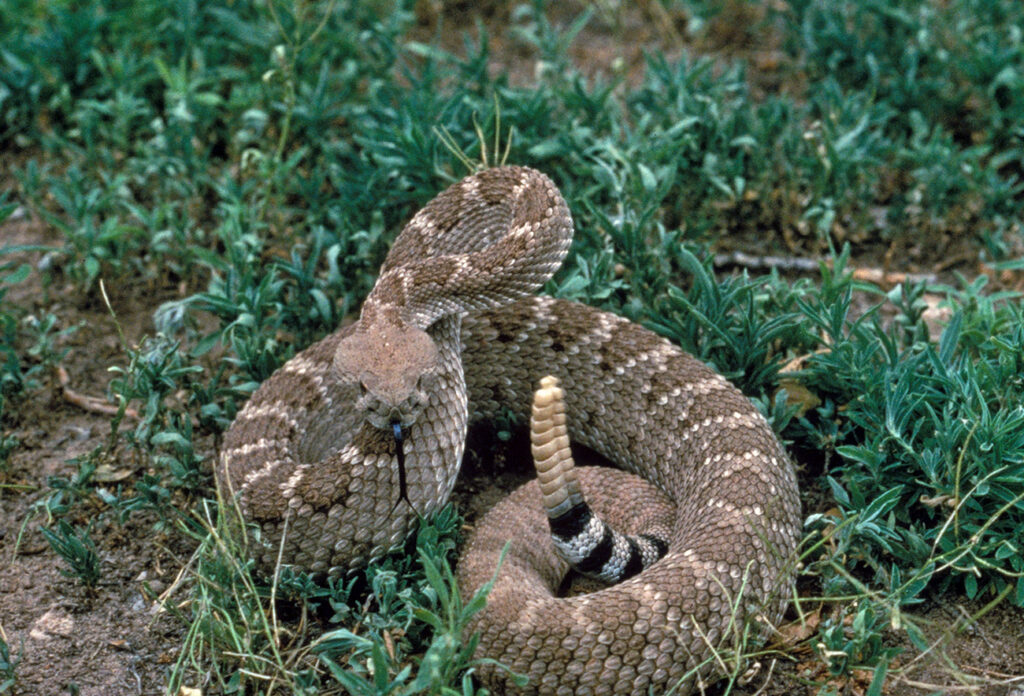
According to the most recent scientific measurements, the western diamondback rattlesnake (Crotalus atrox) currently holds the verified record for the fastest snake strike ever recorded. In a 2016 study published in Scientific Reports, researchers documented this species striking at a blistering 10.1 meters per second (approximately 22.6 mph). To put this speed in perspective, the strike occurs in less than 1/20th of a second, making it physically impossible for humans to react in time if within striking distance. The western diamondback achieves this remarkable speed through specialized muscles and a highly flexible spine that stores potential energy like a coiled spring. When released, this energy conversion produces acceleration that rivals the fastest mechanical systems humans have engineered.
The Biomechanics Behind Lightning-Fast Strikes
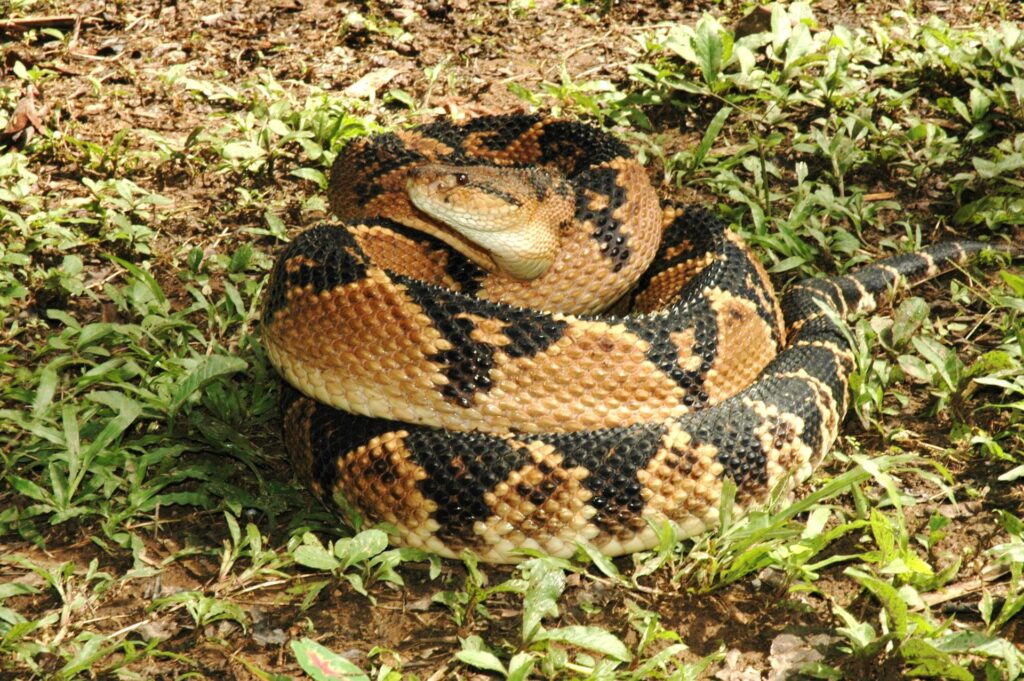
The extraordinary speed of snake strikes results from sophisticated biomechanical adaptations perfected over millions of years of evolution. Unlike mammals that rely on pairs of antagonistic muscles (one contracts while the other relaxes), snakes have developed specialized muscles along their spine that can contract simultaneously on both sides, creating explosive forward momentum. This unique muscular arrangement allows them to essentially convert stored elastic potential energy into kinetic energy almost instantaneously. A snake’s lightweight skull and jaw structure further enhance this striking speed by reducing the mass that needs to be accelerated. Additionally, research has revealed that the fastest-striking species have evolved specific vertebral adaptations that function similar to a compound bow, storing energy when coiled and releasing it explosively during the strike.
The Role of Temperature in Strike Speed
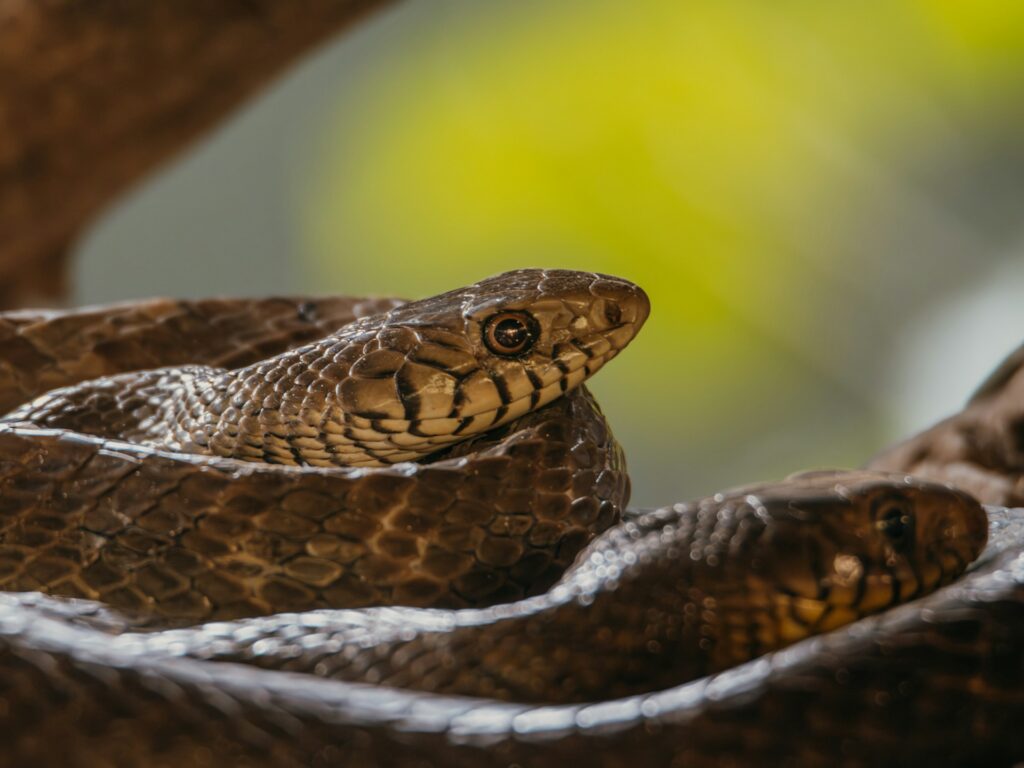
Being ectothermic (cold-blooded) animals, a snake’s striking speed is significantly influenced by ambient temperature. Studies have demonstrated that strikes can be up to 30% faster when a snake’s body temperature is optimal—typically between 80-90°F (27-32°C) for most species. During cooler periods, strike speed can decrease dramatically, which is why many venomous snakes are more sluggish and less dangerous during cold weather. Research conducted at the University of Cincinnati found that rattlesnakes maintained at 86°F struck nearly twice as fast as the same individuals kept at 65°F. This temperature dependence explains why venomous snakes in tropical regions, where temperatures remain consistently warm, can maintain their striking speed advantage year-round compared to their temperate counterparts.
Strike Speed vs. Movement Speed
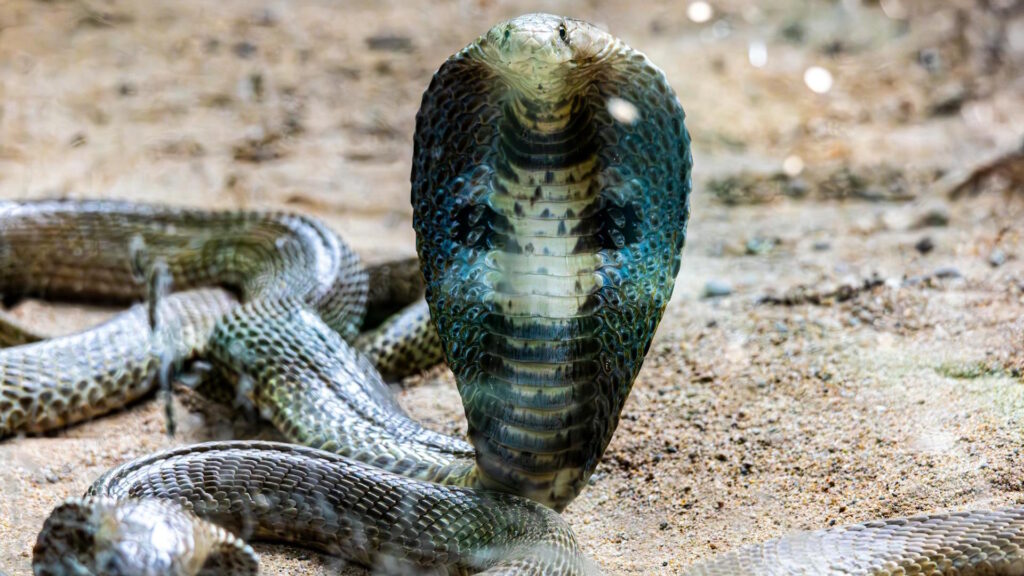
It’s crucial to distinguish between a snake’s striking speed and its movement or travel speed, as these involve different muscular systems and serve different purposes. Striking speed refers specifically to the rapid forward projection of the head and upper body during a predatory or defensive attack, while movement speed refers to how quickly the entire snake can travel across ground. The black mamba, for example, excels in movement speed (up to 12.5 mph) but is outmatched in striking velocity by several rattlesnake species. This distinction explains why some relatively slow-moving snakes like the eastern diamondback rattlesnake can possess extraordinarily fast strikes—they’ve evolved as ambush predators rather than pursuit hunters. The specialization in strike speed versus movement speed represents different evolutionary strategies for hunting and survival.
The King Cobra’s Impressive Strike
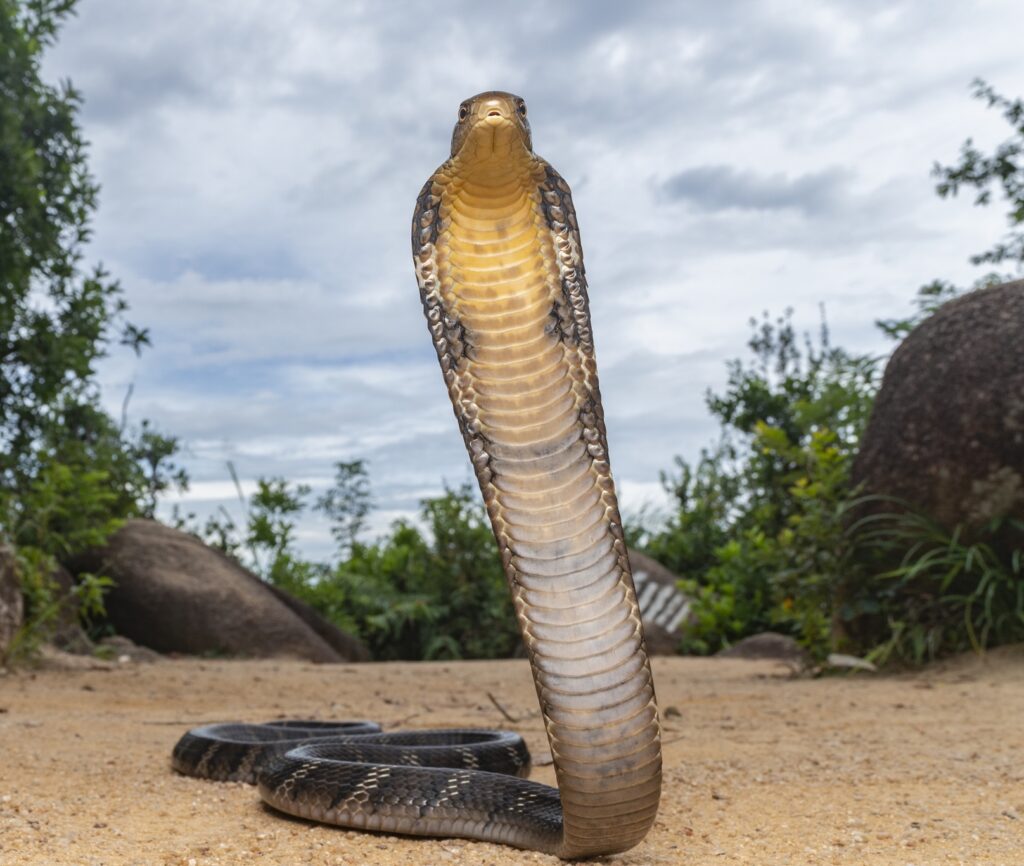
The king cobra (Ophiophagus hannah), the world’s longest venomous snake, delivers a strike that combines impressive speed with remarkable reach. While not the absolute fastest striker at approximately 7 meters per second, what makes the king cobra’s strike particularly dangerous is that it can be launched from a raised position that can exceed 6 feet in height. This elevated striking posture allows the snake to target vital areas like the face or upper torso of larger animals, including humans. King cobras can maintain their strike accuracy even when delivering multiple strikes in rapid succession, a trait documented in their natural hunting behavior when pursuing agile prey like other snakes. Their strike is further enhanced by their ability to inject large quantities of neurotoxic venom, with a single bite potentially delivering up to 7 milliliters—enough to kill 20 adult humans.
Strike Speed Versus Human Reaction Time
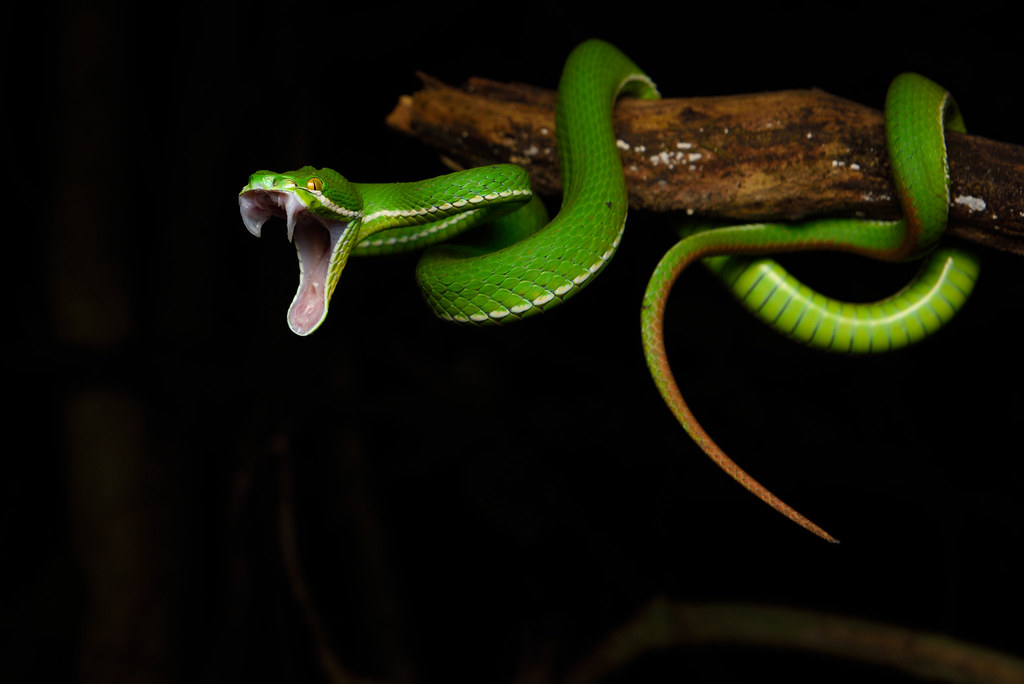
The fastest snake strikes far exceed human reaction capabilities, creating an insurmountable speed disadvantage for potential victims. Average human reaction time to visual stimuli is approximately 250 milliseconds (a quarter of a second), while the fastest snake strikes occur in under 50 milliseconds—making it physically impossible for a person to dodge a strike from close range. Even world-class athletes and individuals with exceptional reflexes cannot react quickly enough to avoid a strike from within a snake’s strike range, typically one-third to one-half of its body length. This speed disparity explains why the standard safety recommendation when encountering venomous snakes is to maintain a minimum distance of at least 6 feet (2 meters). The speed advantage of snakes represents a classic evolutionary arms race where predator speed has evolved to overcome prey reaction time.
Evolutionary Purpose of Lightning-Fast Strikes
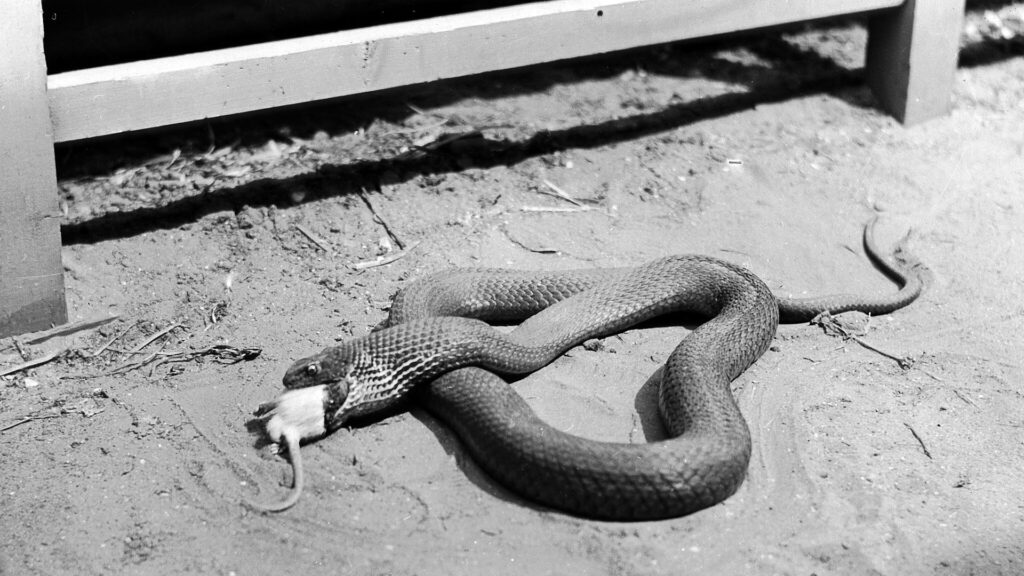
The evolution of extraordinarily rapid strikes serves multiple critical survival functions for venomous snakes. Primarily, it allows them to capture extremely fast-moving prey like rodents, birds, and lizards that would otherwise escape. For rattlesnakes that primarily hunt small mammals with quick reflexes, the difference between a successful hunt and starvation can come down to milliseconds of strike speed. Additionally, these rapid strikes minimize the snake’s exposure to counterattacks from dangerous prey or predators, allowing them to deliver venom and retreat before suffering injury. Research has shown that the species with the fastest strikes tend to be those that face the greatest selection pressure from particularly quick prey or those living in open habitats where they’re more vulnerable during attacks. This evolutionary specialization represents millions of years of refinement through natural selection, creating one of nature’s most perfect predatory mechanisms.
Staying Safe Around Fast-Striking Snakes

Understanding the limitations of human reaction time compared to snake strike speed forms the foundation of all snake safety protocols. The most important safety measure is maintaining adequate distance—experts recommend staying at least 6 feet (2 meters) away from any venomous snake, which is beyond the strike range of even the largest species. When hiking in snake territory, wearing appropriate footwear (closed-toe boots that cover the ankles) and using a walking stick to probe areas ahead can provide crucial protection. If you encounter a venomous snake, the correct response is to slowly and calmly back away rather than making sudden movements that might trigger a defensive strike. Remember that most snake bites occur when people attempt to kill, handle, or corner snakes—given space and an escape route, even the fastest-striking venomous snakes typically prefer to retreat rather than attack humans.
Conclusion
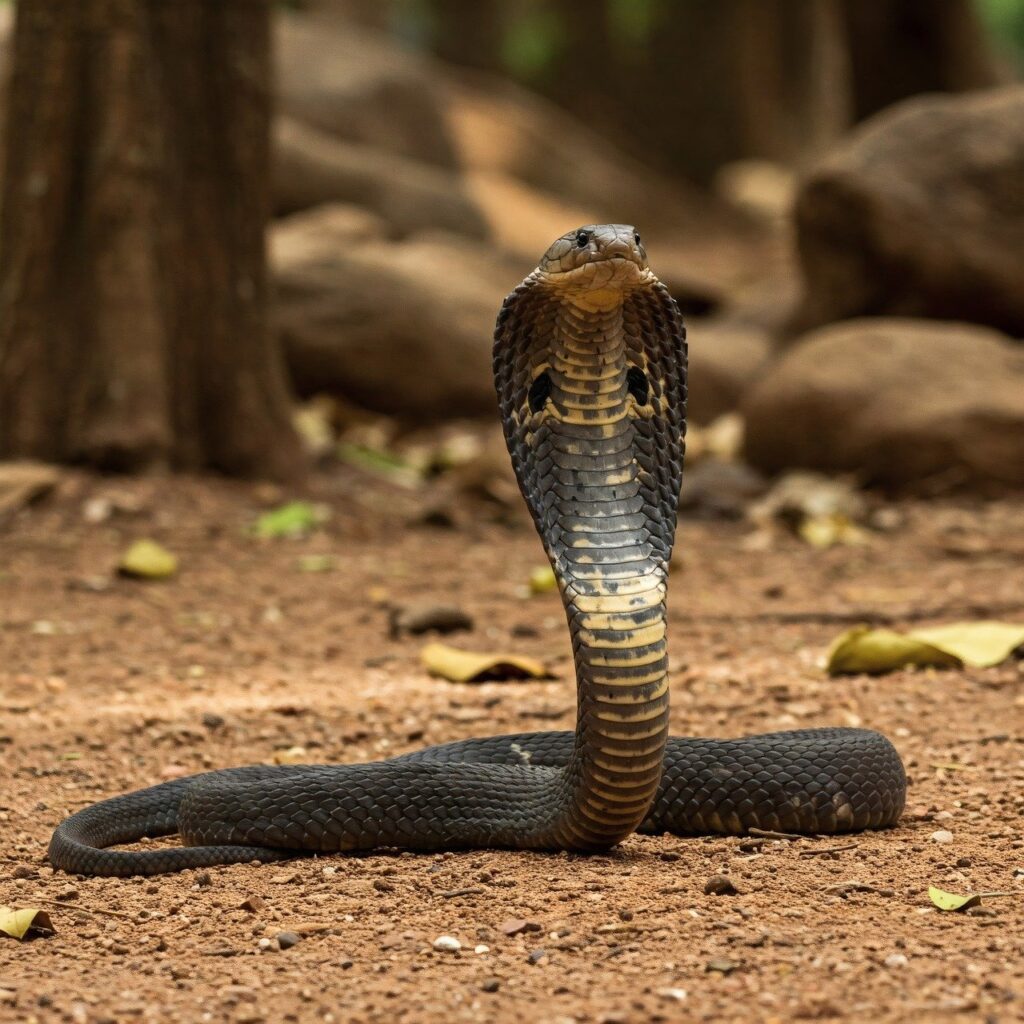
The world’s fastest striking snakes represent one of nature’s most remarkable feats of speed and precision. With the western diamondback rattlesnake currently holding the verified record at a blistering 10.1 meters per second, these reptiles have evolved striking capabilities that outpace human visual processing and reaction time. This extraordinary adaptation serves both as a highly effective hunting mechanism and as crucial protection against potential threats. While we might marvel at their biomechanical efficiency, this same speed demands our respect and appropriate caution when encountering these animals in the wild. Through continued research using advanced high-speed imaging technology, scientists continue to uncover new insights into these lightning-fast predators, revealing the complex evolutionary story behind one of nature’s most perfect hunting mechanisms.

